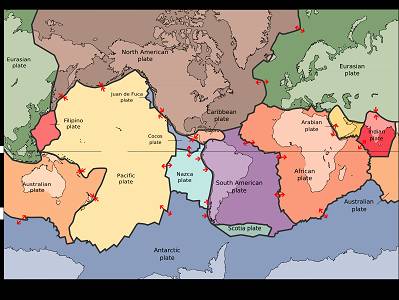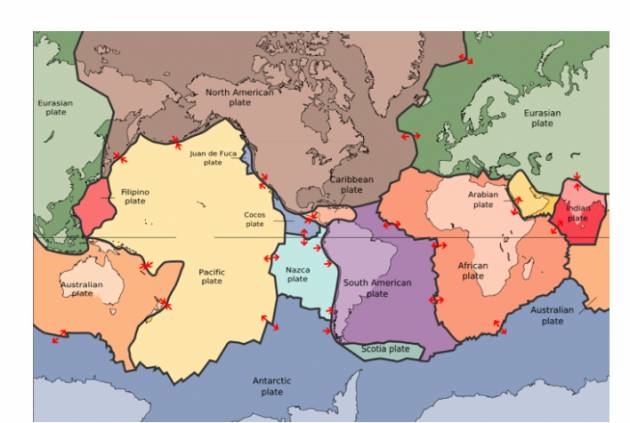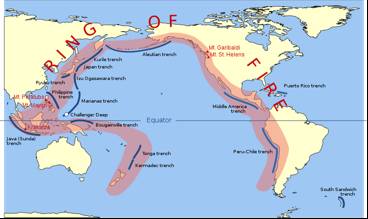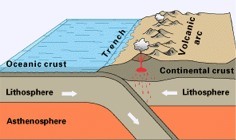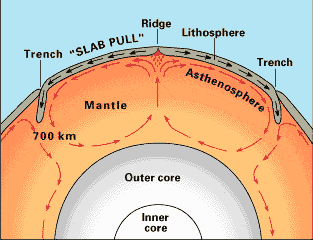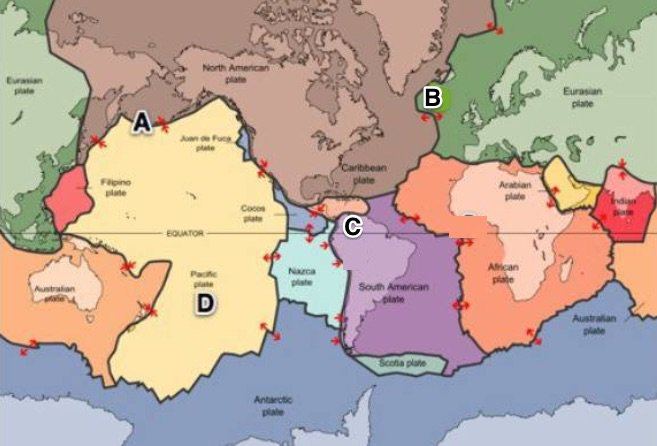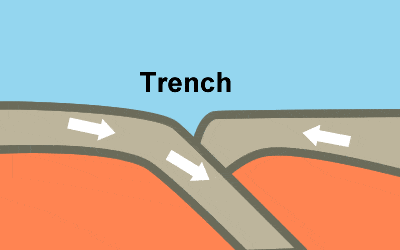
Plate Tectonics 3
Assessment
•
Patti Greenfield
•
Other Sciences
•
6th - 8th Grade
•
Hard
Improve your activity
Higher order questions
Match
•
Reorder
•
Categorization
.svg)
actions
Add similar questions
Add answer explanations
Translate quiz
Tag questions with standards
More options
20 questions
Show answers
1.
Multiple Choice
The movement of the tectonic plates is caused by
the rotation of the Earth.
convection currents in the Asthenosphere
the gravity of the iron-nickel core.
the Moho discontinuity.
2.
Multiple Choice
In some areas of the world, like California and Japan, earthquakes are a common occurrence. How can this best be explained?
The strong ocean currents are undermining both areas causing earthquakes.
Both areas are located near the edge of the Pacific Ocean, the unstable sand causes earthquakes.
Both areas are subjected to strong ocean wind and waves that causes earthquakes.
Both areas are on the boundary of active plates, the motion of the plates causes earthquakes.
3.
Multiple Choice
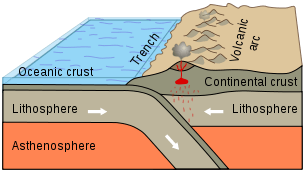
big bang theory.
theory of plate tectonics.
origin of the species.
theory of natural selection.
4.
Multiple Choice
convergent
thrust
divergent
transform
5.
Multiple Choice
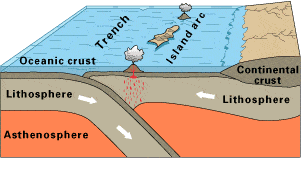
Observe this diagram of a plate boundary. One statement BEST describes what is happening. It is that
the oceanic crust is melting.
the denser ceanic crust is subducting under the less dense oceanic crust
volcanic islands are forming.
the tectonic plates are moving away from each other.
6.
Multiple Choice
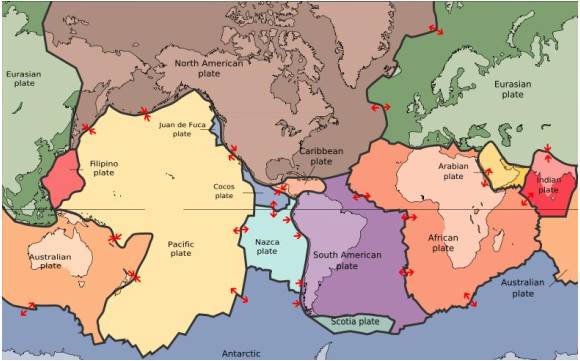
The map in the picture shows tectonic plate boundaries. This map would be useful in predicting the location of future
droughts
hurricanes
earthquakes
tornadoes

Explore this activity with a free account
Find a similar activity
Create activity tailored to your needs using
.svg)

Plate Tectonic
•
8th - 9th Grade

Plate Tectonics Vocabulary
•
9th Grade

Plate Tectonics
•
6th - 8th Grade

Plate Tectonics
•
8th Grade

Earth
•
6th Grade

Plate Boundaries
•
6th - 7th Grade

Earthquakes
•
5th Grade

Plate Tectonics, Earthquakes, Volcanoes
•
9th - 12th Grade


